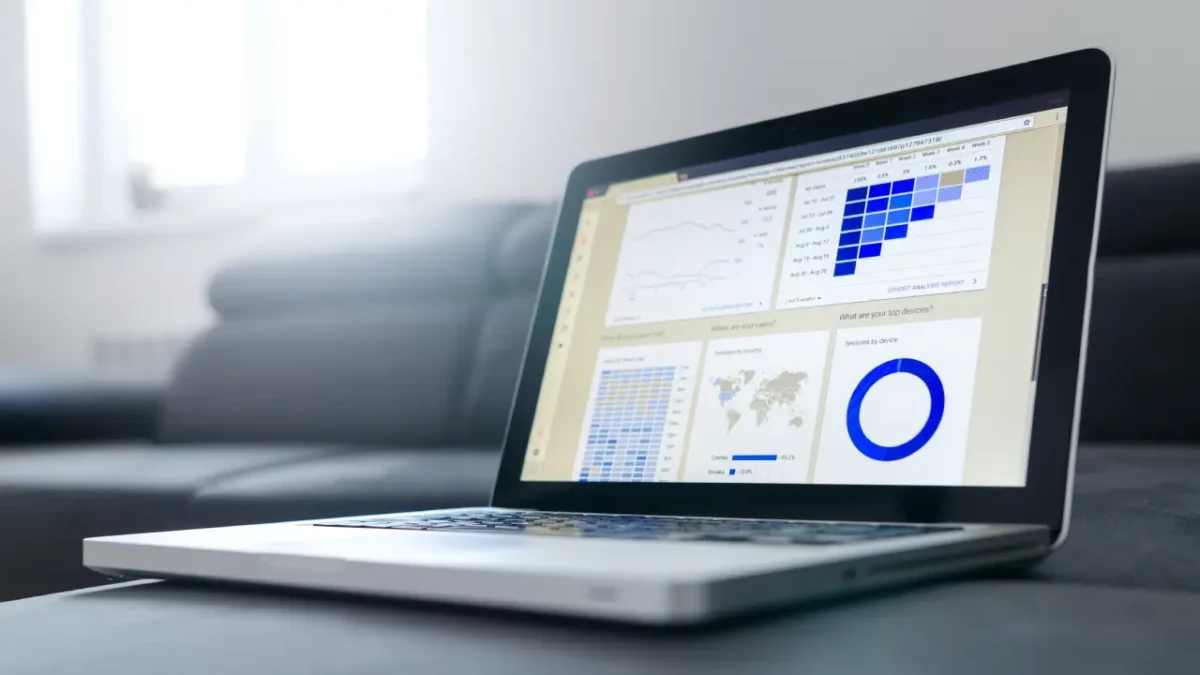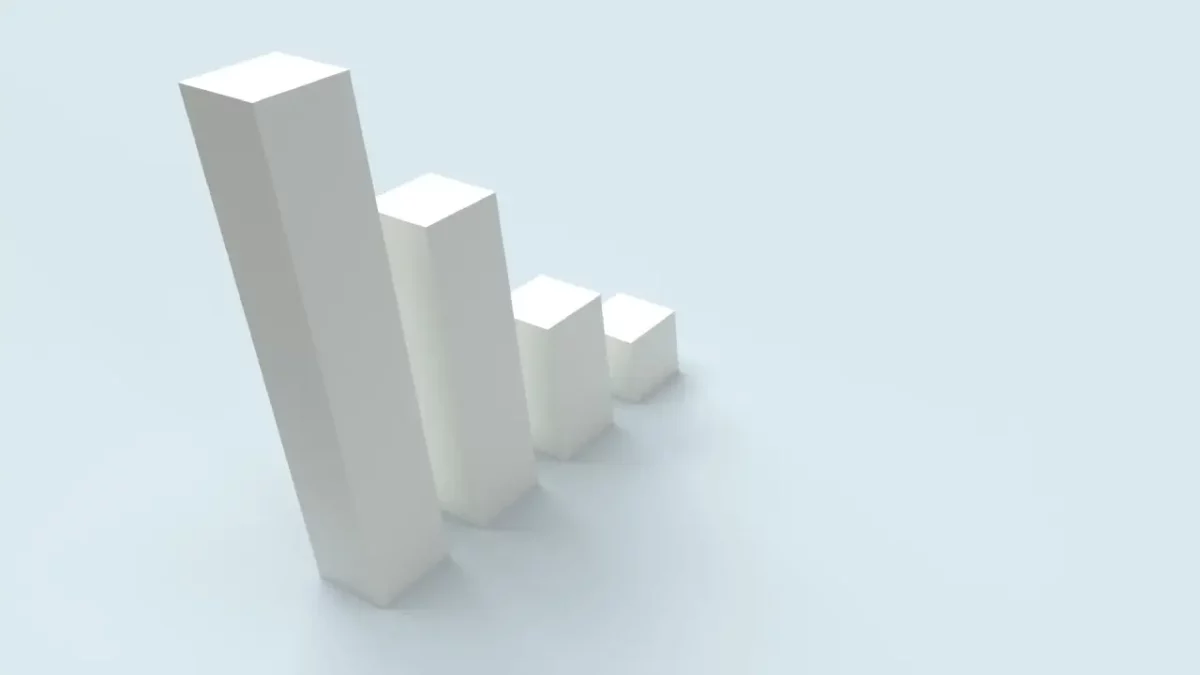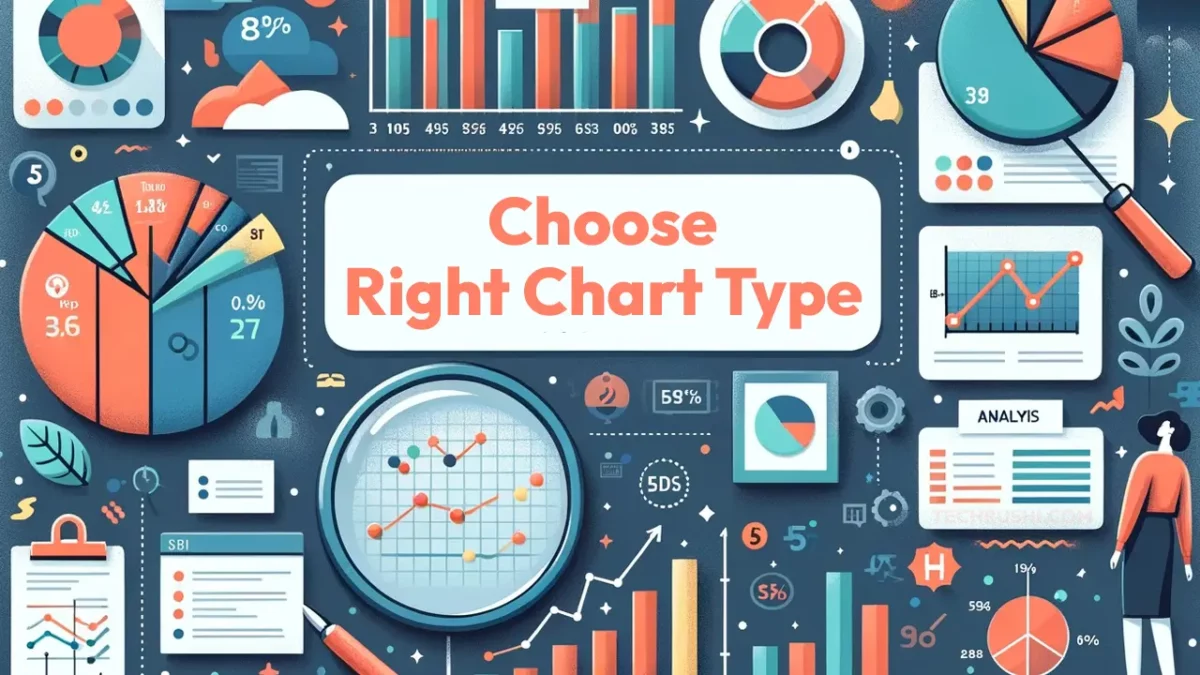Data visualization is a powerful tool that enables you to understand complex data at a glance. Graphs, charts, and other visuals can turn mountains of raw data into meaningful insights, but understanding which type of visualization to use can be daunting. In this article, we’ll take a deep dive into the art and science of choosing the right chart for your data, exploring everything from bar charts to doughnut charts.
Understanding The Basics of Chart Selection

Before diving into specific chart types, you have to understand the basic principles of chart selection. The type of data you’re dealing with will often dictate the kind of chart that will best represent it. For example, categorical data, which deals with distinct groups or categories, is best represented by bar or pie charts. Numerical data, on the other hand, can be better visualized through histograms or line charts.
Another crucial factor in chart selection is the purpose of your visualization. Are you trying to compare data, show relationships, or highlight a specific trend or pattern? Doughnut charts, for example, are useful for comparative data and can provide a visual display of multiple statistics at once. Donut charts can deliver more information in a less cluttered fashion. One of the significant benefits of donut charts is their ability to represent data in layers. Each layer can represent a different category, and the size of each segment corresponds to its value.
Always consider your audience and how the data will best be conveyed to start meaningful conversations. A complex heat map might be perfect for a data scientist, but overwhelming for a layperson. Aim for clarity and simplicity, while ensuring all necessary data is accurately represented. Avoid complexity, as it often leads to confusion and misinterpretation of data.
Delving into Donut Charts
Donut charts are a variation of the pie chart, with a blank center that can present additional information. One popular use of doughnut charts is in the business and marketing world. They are often employed to showcase market share or sales figures by representing the relative sizes of different product categories or competitors. For instance, a doughnut chart can demonstrate the market share of various smartphone brands, with each segment representing a different brand and the size of the segment indicating the respective share.
Doughnut charts can also be utilized for displaying survey results or opinion polls. By using different segments to represent the options or responses, these charts allow for a quick and easy understanding of the distribution and proportion of responses. This is particularly useful when analyzing customer feedback, employee satisfaction surveys, or voting patterns.
A Closer Look at Bar Charts

Bar charts are perhaps one of the most common types of data visualization. They are versatile, easy to understand, and can represent a wide variety of data types. Bar charts are especially adept at showing comparisons among categories. Each bar represents a category, and its length corresponds to the quantity of that category. This makes bar charts excellent for comparing multiple categories at a glance, and are best used when the categories are fundamentally different. Bar charts aren’t just limited to simple comparisons, though. They can also be used as a tool to identify trends over time when the categories represent different time periods.
Effectiveness of Scatter Plots

Scatter plots are most commonly used to display relationships between two variables. Each point represents an observation from your data, with the position of the point representing the value of the two variables. Scatter plots are excellent for showing correlations between variables, identifying outliers, or revealing patterns within the data. One of the most powerful uses of scatter plots is in predictive analytics. By plotting historical data, one can identify trends or patterns that can suggest future occurrences.
A scatter plot can help identify whether as one variable increases, so does the other – indicating a positive relationship. While scatter plots can provide valuable insights, they can become overwhelming when dealing with large datasets. Too many points can become a sea of information where patterns are challenging to identify. In such cases, techniques like sampling or aggregation can help manage the complexity.
As you can see in this article, understanding how to choose the right chart type is an essential part of effectively visualizing data. Different types of charts are suited to different types of data as well as various purposes and audiences. By considering these factors and understanding the strengths and weaknesses of each chart type, you can make informed decisions that will enhance your data visualization efforts.
